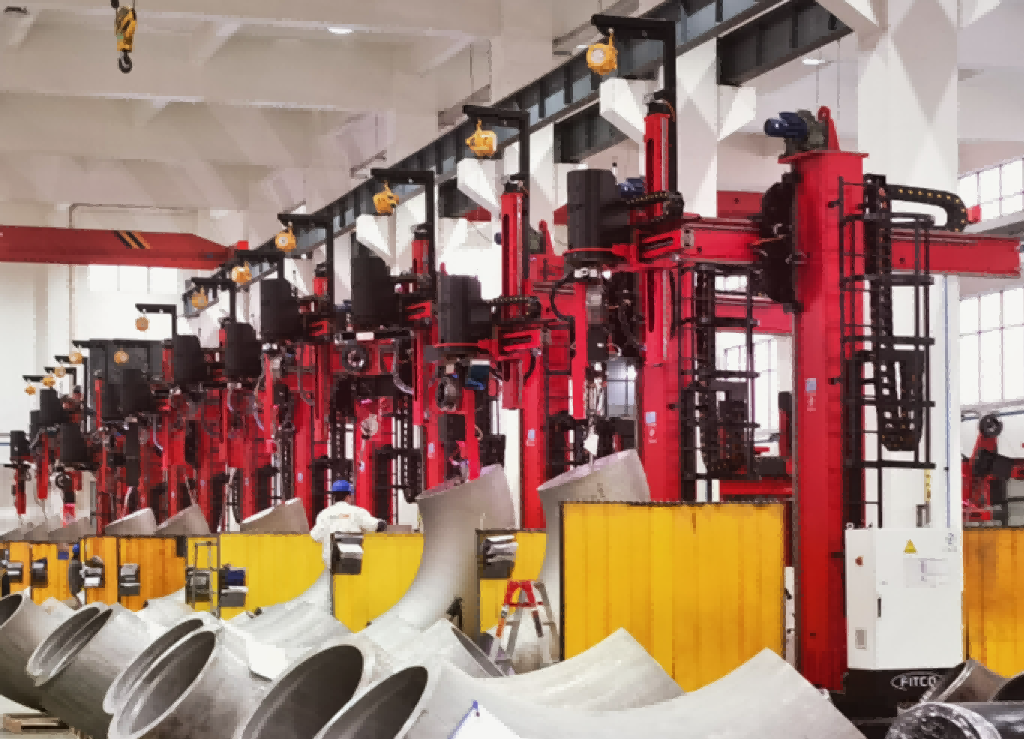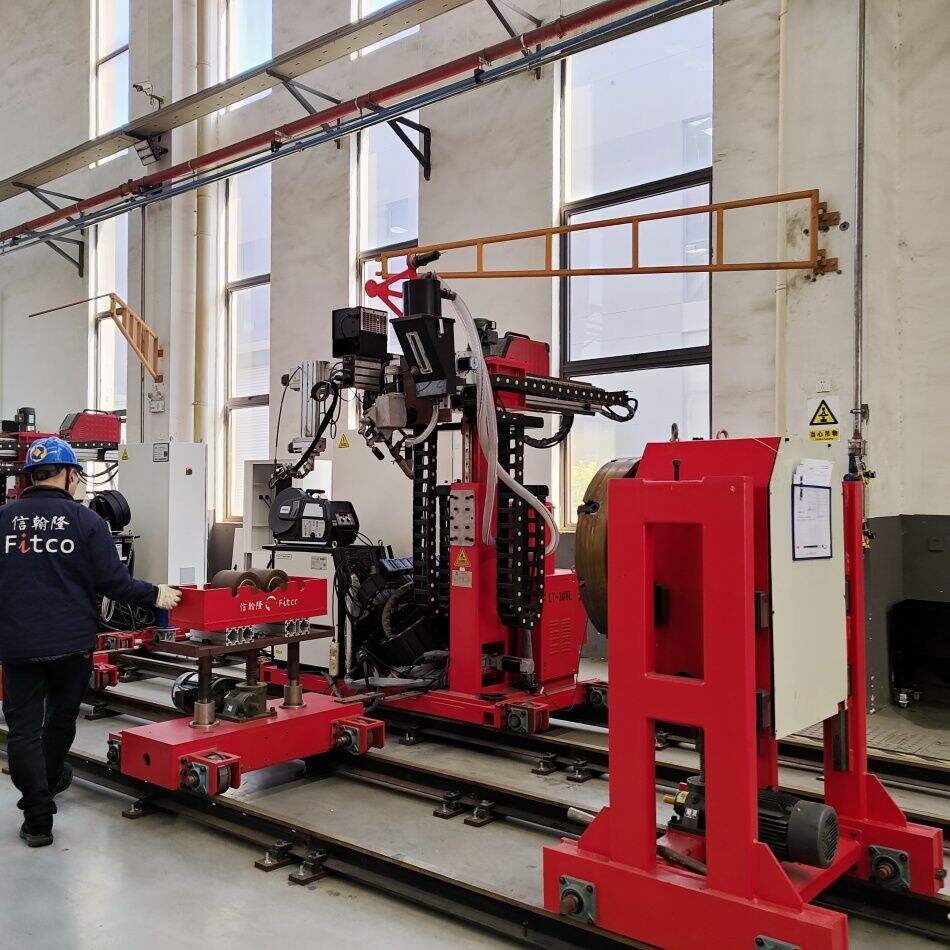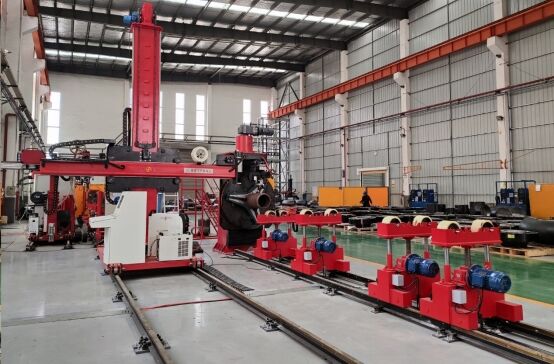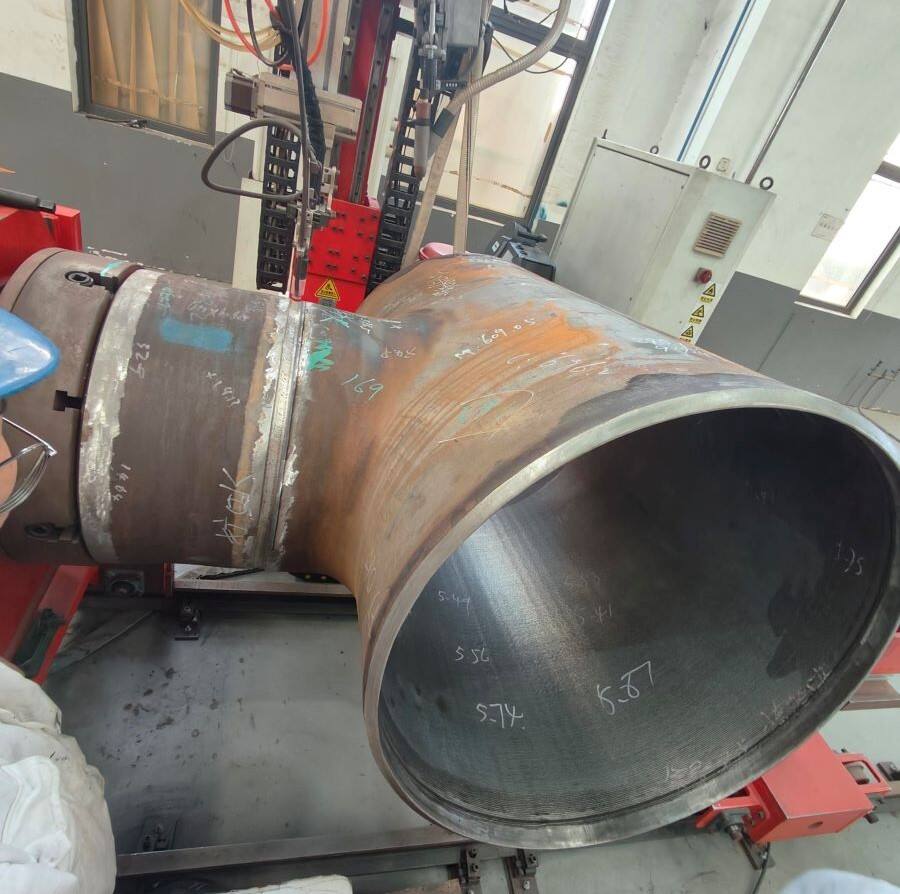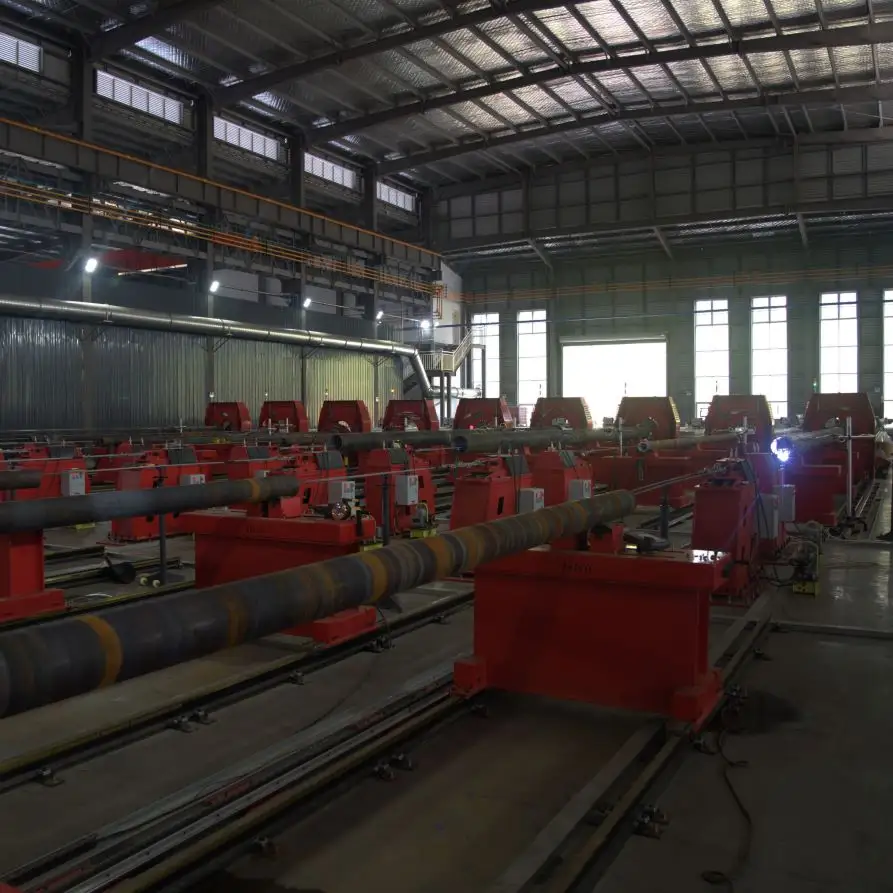inverter welder
An inverter welder represents a significant advancement in welding technology, offering precise control and superior performance in a compact package. This modern welding equipment utilizes sophisticated electronic components to convert standard power input into high-frequency alternating current, which is then rectified into direct current for optimal welding performance. The inverter technology allows for significant reduction in the size and weight of transformers while maintaining or even improving power output. These machines can handle various welding processes, including MIG, TIG, and stick welding, making them versatile tools for both professional welders and DIY enthusiasts. The digital control systems in inverter welders enable precise adjustment of welding parameters such as amperage, voltage, and arc force, resulting in cleaner welds and reduced spatter. They also feature advanced protection mechanisms against power fluctuations and overheating, ensuring consistent performance and extended equipment life. The ability to automatically adjust to different input voltages makes them ideal for both workshop and field applications, while their energy efficiency helps reduce operational costs.

 EN
EN
 AR
AR BG
BG HR
HR CS
CS DA
DA NL
NL FI
FI FR
FR DE
DE EL
EL HI
HI IT
IT JA
JA KO
KO NO
NO PL
PL PT
PT RO
RO RU
RU ES
ES SV
SV TL
TL IW
IW ID
ID LT
LT UK
UK SQ
SQ HU
HU TH
TH TR
TR FA
FA AF
AF CY
CY MK
MK LA
LA MN
MN KK
KK UZ
UZ KY
KY